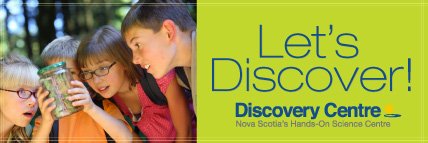As we move further into the fall season, the sun sets earlier and earlier each night. But if you just can’t wait until evening for the yellow, orange, and red rays of our setting sun, this experiment’s for you! Gather up a few simple materials, dim the lights, and simulate a sunset in a jar, answering the classic question: “Why is the sky blue?”
Materials
- Flashlight
- Drinking glass or jar
- Water
- Milk (2% or whole) or powdered milk
- Darkness!
Procedure
- Fill a large glass with water – glasses with smoothed round or flat sides tend to work best.
- Position a strong flashlight so you can see the full beam shining through the glass.
- Mix in a small amount of milk: roughly a tablespoon if using 2%, a teaspoon for whole milk, or a pinch of powdered milk. Watch for any changes to the beam of light in the glass, or the light leaving the glass.
- Continue mixing in small amounts of milk and watch for changes.
This experiment simulates how light from our sun is scattered as it enters our atmosphere.
In the first photo, there is no milk to scatter the light; it passes straight through the glass and water.
In the second, two pinches of powdered milk were mixed in. Can you see the beam of light in the jar? The light is bouncing off the milk’s fats and proteins in different directions. What colour is the beam? Violet and blue light scatters more than other colours because it travels as shorter, faster waves. The same thing happens in our atmosphere. As the sun’s light enters our atmosphere, it collides with dust and other particles, and the short blue wavelengths are scattered out more than others. This is why the sky appears blue on clear sunny days!
More milk was added for the third picture. The beam is less blue, and the light exiting the glass has turned yellow. In the last photo, the beam itself appears more yellowed, and the dim light exiting the glass is a dark orange.
This is how a sunset works. When the sun is low in the sky, it’s light has to travel a longer distance through the atmosphere to reach our eyes. On this trip, it collides with more particles than it would if it were straight overhead. By the time it reaches your eyes, most of the blue light has been scattered and diffused, leaving yellows, oranges, pinks or reds, depending on the particles in the air!
Try the experiment again with a different type of milk, or a different type of glass. What do you see? Try taking photos each time you add more milk to make it easier to compare!
For more great things to discover – visit the Discovery Centre on Barrington Street in Halifax, check out their website or join them on facebook.
